Snus vs. Nicotine Pouches: What B2B Buyers Need to Know Before Choosing
As demand for smokeless nicotine products continues to rise globally, two dominant categories have emerged: snus and nicotine pouches. Both offer discreet, non-combustible ways to deliver nicotine, but their differences in composition, production, regulation, and consumer appeal make them suitable for very different business models.
If you’re a B2B buyer, distributor, or brand developer evaluating which product to add to your portfolio, understanding these distinctions is crucial. In this guide, we’ll break down everything you need to know about snus vs. nicotine pouches—from formulation and manufacturing to legal implications and consumer segments.
Product Definitions: Understanding the Basics
What is Snus?
Snus is a moist smokeless tobacco product that originated in Sweden in the early 19th century. It consists of finely ground tobacco mixed with water, salt, and flavoring, packed into soft pouches or sold loose. Users place it under the upper lip, where nicotine is absorbed through the gums. Unlike chewing tobacco, snus does not require spitting and is pasteurized rather than fermented.
What Are Nicotine Pouches?
Nicotine pouches are tobacco-free alternatives made with either purified tobacco-derived nicotine or synthetic nicotine. They typically contain fillers (like cellulose), flavorings, sweeteners, and stabilizers. Positioned as a “cleaner” option, they have gained popularity among wellness-conscious consumers and are marketed as a more modern alternative to traditional oral tobacco.
Manufacturing Process: From Raw Material to Market
Snus Production
-
Tobacco Grinding: High-grade tobacco leaves are cured, ground, and blended.
-
Pasteurization: The blend is heat-treated to eliminate microbes and reduce carcinogens.
-
Formulation: Ingredients like salt, water, and flavoring are added.
-
Packaging: The moist blend is packed in portioned pouches or sold in loose format.
Due to its tobacco content, snus manufacturing is tightly regulated and often requires certification for international distribution.
Nicotine Pouch Production
-
Nicotine Preparation: Either extracted from tobacco or synthesized in labs.
-
Base Blending: The nicotine is mixed with food-grade carriers, sweeteners, and flavors.
-
Pouch Filling: The dry, odor-controlled formula is portioned into breathable pouches.
Because they are tobacco-free, nicotine pouches face fewer regulatory hurdles in many markets, particularly in the U.S. and parts of the EU.
📎 For OEM manufacturing support, packaging solutions, or formulation customization, contact SnuffFactory for expert consultation.
Side-by-Side Comparison: Snus vs. Nicotine Pouches
| Category | Snus | Nicotine Pouches |
|---|---|---|
| Core Ingredient | Tobacco | Purified or synthetic nicotine |
| Moisture Level | Moist | Dry |
| Flavor Range | Traditional (mint, bergamot) | Broad (fruity, mint, coffee, etc.) |
| Shelf Stability | Requires cool storage | Shelf-stable, no refrigeration |
| Regulation Level | Strict tobacco regulations | Often more flexible |
| Perception | Legacy tobacco product | Modern, wellness-adjacent product |
Pros and Cons for Businesses and Consumers
Pros of Snus:
-
Established market in Scandinavia with loyal user base
-
Rich, authentic tobacco taste
-
Strong performance in terms of nicotine absorption
Cons of Snus:
-
Regulatory complexity in many markets (e.g., EU ban on non-Swedish snus)
-
Limited appeal among non-tobacco users
-
Less adaptable for flavor or format innovation
Pros of Nicotine Pouches:
-
Fully tobacco-free: easier to market globally
-
Customizable flavors and strengths
-
Ideal for white-label and OEM launches targeting new demographics
-
Lower stigma and broader retail distribution potential
Cons of Nicotine Pouches:
-
May be perceived as synthetic or less “authentic” by traditional users
-
Some consumers report a milder mouthfeel or flavor experience compared to snus
Market Fit: Which Product Aligns with Your Goals?
Snus is ideal if you:
-
Serve Nordic or traditional markets
-
Target legacy smokers familiar with oral tobacco
-
Have logistics and regulatory capabilities to handle tobacco-based imports
Nicotine pouches are a better fit if you:
-
Aim to enter new markets with evolving nicotine laws
-
Serve wellness-minded consumers or Gen Z/Millennials
-
Want a scalable, customizable product for OEM/white-label development
-
Need a tobacco-free product with fewer shipping restrictions
Learn more about nicotine bag white-label solutions or develop a custom SKU with expert support.
Regulatory Landscape: What B2B Buyers Must Know
-
Snus: Regulated as a tobacco product in most jurisdictions. Banned in several EU countries (except Sweden). Requires specific health warnings, import licenses, and retailer limitations.
-
Nicotine Pouches: Often fall into a gray zone but are increasingly subject to regulation—especially concerning nicotine content, age restrictions, and packaging. Still, they remain legal in more markets and are easier to launch globally.
Stay updated by consulting with manufacturers familiar with cross-border regulations and import/export documentation.
FAQs for Business Buyers
Q: Can I sell both snus and nicotine pouches in one brand portfolio?
Yes, but clear brand segmentation is key. Position snus as a premium heritage product and nicotine pouches as a modern, innovative alternative.
Q: Is synthetic nicotine better than tobacco-derived nicotine?
Synthetic nicotine allows for a fully tobacco-free label, which is attractive in regions with strict regulations. Both types offer similar absorption efficiency when formulated correctly.
Q: Where can I find a manufacturer that handles both types?
SnuffFactory offers custom manufacturing, regulatory support, and white-label options for both snus and nicotine pouch lines.
Conclusion: Making an Informed B2B Decision
Snus and nicotine pouches serve different purposes in the evolving nicotine market. While snus brings heritage and performance, nicotine pouches offer flexibility, lower regulatory friction, and a strong fit with modern branding.
As a B2B buyer or brand strategist, your choice depends on your target region, customer demographic, and compliance capacity. For those focused on growth, tobacco-free options offer more scalability and cross-market compatibility.
📎 To explore custom manufacturing, flavor development, or private label supply, get in touch with SnuffFactory.
Build smarter. Sell faster. Choose the product that aligns with your market—and partner with suppliers that understand both tradition and innovation.

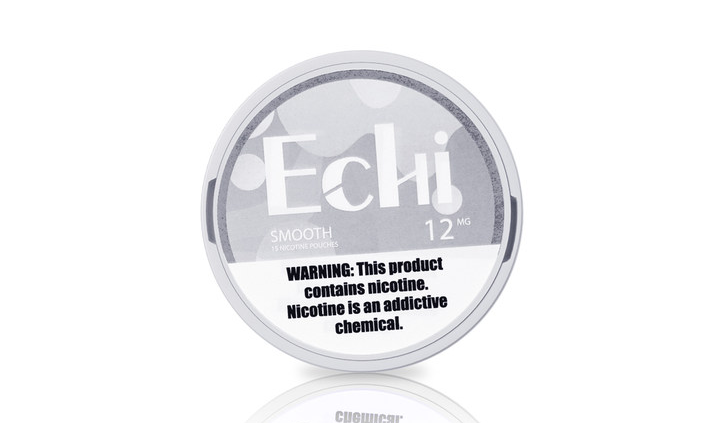
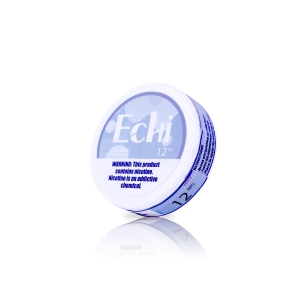


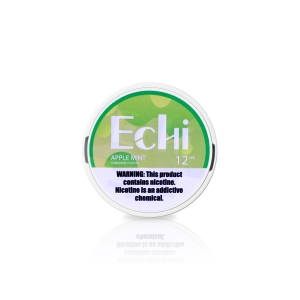
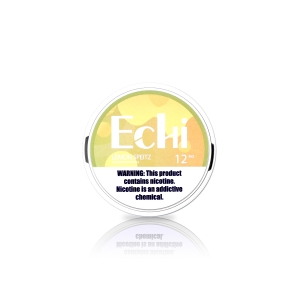
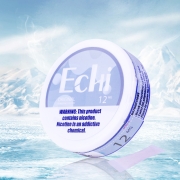
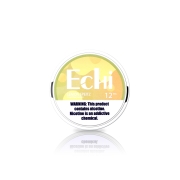
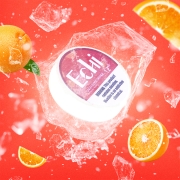

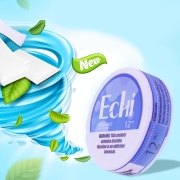


Leave a Reply
Want to join the discussion?Feel free to contribute!